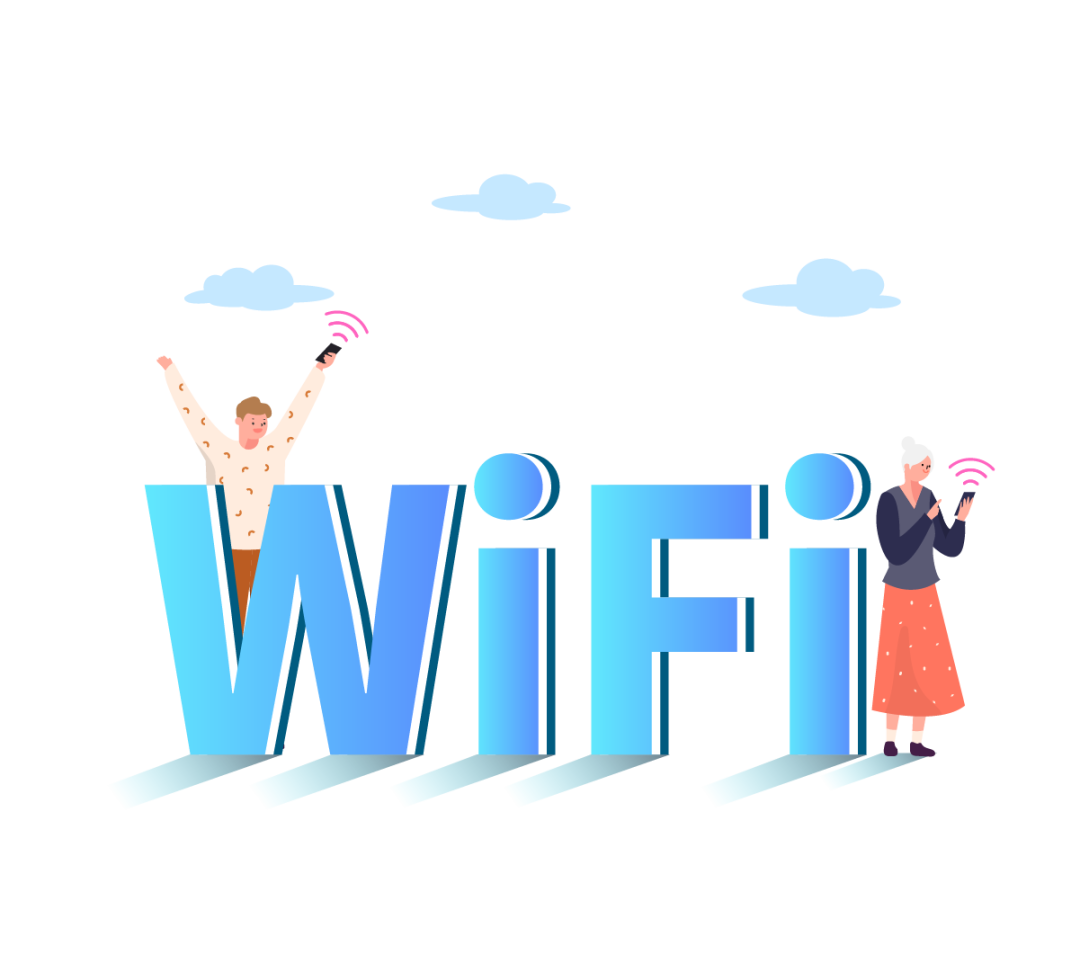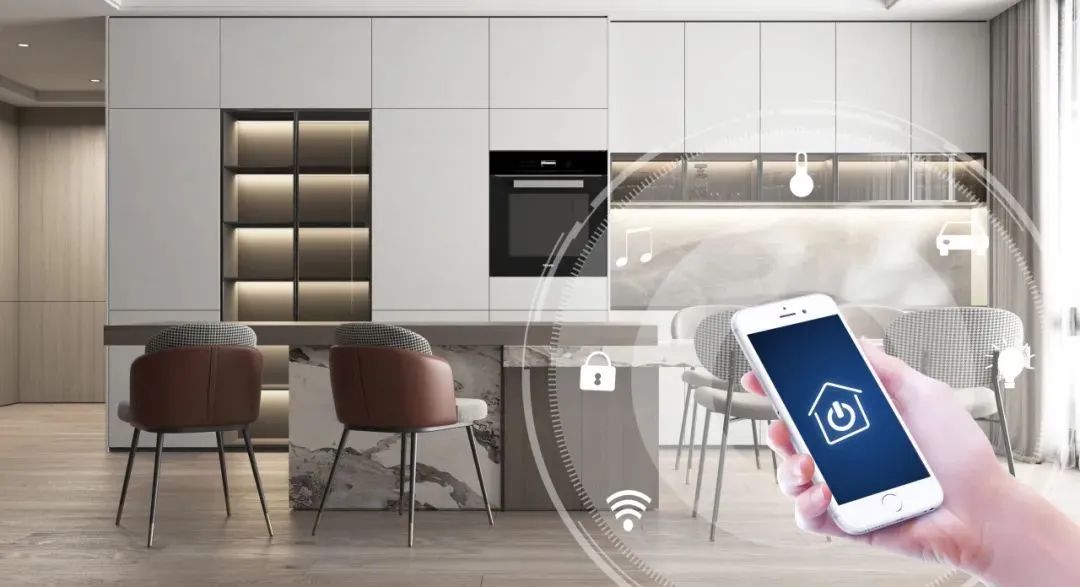
Health Chengdu Official Account
The public account that Chengdu people are paying attention to
Follow
What is radiation? Does Wi-Fi emit radiation?
Radiation refers to energy that spreads from its source into space in the form of waves or particles. Radiation that exists in wave form is a type of electromagnetic wave, which can be classified into the following categories based on frequency from low to high: static electricity, extremely low frequency, medium frequency, radio frequency, infrared, visible light, ultraviolet, X-rays, and gamma rays.
The higher the frequency of electromagnetic waves, the greater the energy they carry. X-rays and gamma rays can ionize matter, which is referred to as ionizing radiation. The others are classified as non-ionizing radiation.

Wi-Fi is a short-range wireless networking technology that connects devices to the internet and to each other using radio frequency signals instead of wired networks. Its main hardware components include wireless routers (also known as access points) and wireless network cards. The wireless router emits radio frequency radiation, which is part of non-ionizing radiation.Wi-Fi does emit radiation, and it is non-ionizing radiation.
Does faster internet speed mean more radiation?
Since the introduction of Wi-Fi in 1999, it has undergone continuous upgrades, with versions evolving from 0 to 7, and the maximum speed increasing from 2Mbps in Wi-Fi 0 to 30Gbps in the latest Wi-Fi 7. As the speed has increased, the operating frequency has also expanded from the original 2.4GHz to the current 5GHz and 6GHz.

The radiation level of Wi-Fi routers is related to the operating frequency and transmission power. According to the requirements of the Ministry of Industry and Information Technology in China, the power of 2.4G Wi-Fi generally does not exceed 100mW, while 5G Wi-Fi typically does not exceed 200mW. The maximum transmission power of mobile phones was 2W in the 2G era, 1W in 3G, 0.25W in 4G, and 0.25W or 1W in 5G. The transmission power of Wi-Fi is about one-tenth that of mobile phones, so the radiation from Wi-Fi is relatively low.
Compared to 5G, 2.4G Wi-Fi has a relatively slower transmission speed, but it has a stronger ability to bypass obstacles (such as walls) through reflection and diffraction. In simple terms, it has strong “penetration” and wide coverage, making it more suitable for homes and offices. 5G is more suitable for deployment in relatively open large spaces, such as waiting rooms.
Can Wi-Fi be placed in the bedroom? How far away is safer?
The radiation level of Wi-Fi routers is relatively low, so they can be placed in the bedroom. However, since 2.4G Wi-Fi has strong penetration capabilities, it is not necessary to place it in the bedroom; placing it in the living room can meet the Wi-Fi needs in the bedroom.

All non-ionizing radiation, including Wi-Fi, significantly decreases in radiation level according to the inverse square law as the distance from the radiation source increases. The radiation levels of RF electromagnetic fields from mobile phones, Wi-Fi, etc., are relatively low in the far field. Wi-Fi is generally in the far field beyond 2 wavelengths; thus, 25 cm away is the far field for 2.4G Wi-Fi, and 12 cm away is the far field for 5G Wi-Fi.
The amount of radiation received by a person from a wireless router is significantly related to the distance from the router, in addition to the operating frequency and transmission power mentioned above. From this perspective, the farther away, the better. However, its radiation level is low; at a distance of more than 10 cm from the Wi-Fi transmitter, general wideband detection instruments cannot detect it, and high-precision instruments are required to measure it. This means that being several tens of centimeters away from the wireless router is sufficient for safety.
Is it harmful to health if Wi-Fi is not turned off while sleeping?
Currently, one of the hot topics in the scientific community regarding electromagnetic radiation and public health effects is the health effects of mobile phone radiation. Based on a large number of studies over the past 20 years, there is a lack of causal evidence regarding the health effects of mobile phone radiation (including its impact on brain tumors, etc.). The radiation from Wi-Fi is about one-tenth that of mobile phones, so there is no need to worry excessively about the health effects of using Wi-Fi.
At this stage, the health effects of such low-risk factors have a high degree of uncertainty, and a cautious prevention principle can be adopted. That is, avoid contact if possible, minimize contact if not, and protect sensitive groups such as children. Wireless routers should not be placed in children’s rooms.
From an energy-saving perspective, not turning off Wi-Fi while sleeping is a waste of energy. If data transmission is not needed while sleeping, it is recommended to turn off Wi-Fi at night to save electricity and reduce unnecessary radiation.

▶
In the past, the beautiful Princess Sissi also suffered from this disease…
▶
Can hepatitis B be clinically cured?
▶
Just bumped my head, and a month later, a fatal injury occurred!
Source: Health China
Click here
Share with more friends to see
